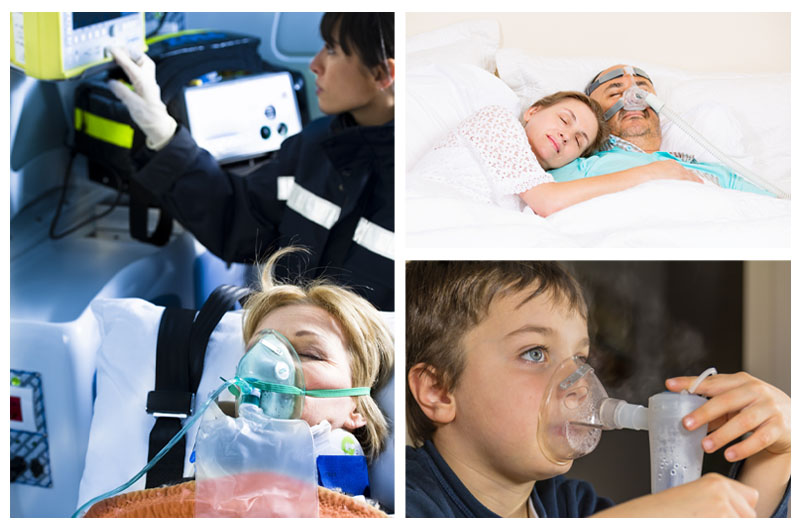Oxygen is a key substance for human body's metabolism, and its importance to humans is self-evident. In medical treatment, oxygen is mainly used to give oxygen to patients who are in need of oxygen. Especially when it comes to patients who need to be rescued, it has the function of saving lives.
In most cases, medical oxygen is used for the prevention and treatment of pneumonia, myocarditis, emphysema, and myocardial dysfunction. Especially in view of the large-scale spread of new coronary pneumonia in recent years, the importance of medical oxygen in treatment has been highlighted; in addition, it is also used in hyperbaric oxygen chambers to treat diving sickness, gas poisoning, and for drug atomization.
Medical oxygen gas requirements and users
In China, there are strict physical and chemical contents requirements for medical oxygen, which must be able to ensure that it does not bring any negative effects to patients. In addition, there are also related requirements for the concentration of medical oxygen. For long-term use, the oxygen concentration should be set at 30-40%. If it exceeds 40%, it will cause harm to the human body.
The sections that use medical oxygen in hospitals mainly include general wards, intensive care units, hyperbaric oxygen chambers, general operating rooms, abdominal operating rooms, and thoracic and brain operating rooms.
Use of medical oxygen mixture
In addition to using medical oxygen alone, oxygen can also be used in combination with other medical gases such as nitrous oxide and helium for anesthesia, analgesia, and drug atomization. Specifically, there are several combinations.
Nitrous oxide (also known as laughing gas) + oxygen
Medically, a mixture of nitrous oxide and oxygen (mixing ratio: 65% N2O + 35% O2) is used as anesthetic, and it is inhaled to the patient through a special mixing inhalation mask or ventilator. The ratio of 1:1 is analgesia, and the ratio of 4:1 is anesthesia. When stopping breathing, the patient must be inhaled for more than 10 minutes to prevent hypoxia.
Helium + Oxygen
It is used for the adjuvant treatment of chronic obstructive pulmonary disease (to help breathing); as the driving air source for aerosol inhalation therapy, it is used for the treatment of respiratory diseases. It is optional in the ICU ward.


